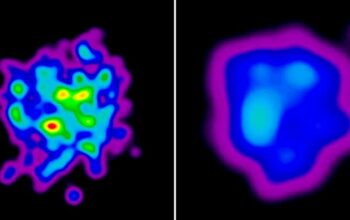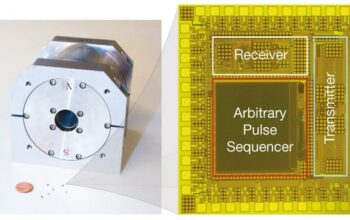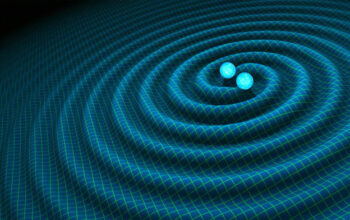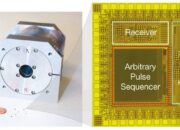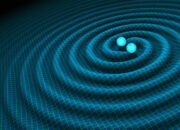Spin currents represent a novel phenomenon in condensed matter physics, fundamentally altering our understanding of charge transport within materials. The interaction between the intrinsic angular momentum of electrons and their motion through a medium leads to the generation of spin currents, which are characterized by a flow of spin rather than charge. This paper aims to delve into the mechanics of spin currents, their generation, and detection, particularly through the lens of Doppler shifts, providing a comprehensive overview of the current landscape in spintronics research.
Theoretical models often describe spin currents in terms of the spin Hall effect, where an electric field induces a transverse spin current in a system lacking net charge current. This effect can be elucidated through relativistic considerations, as spin is an inherently quantum mechanical property resulting from the quantum spin of particles. The ramifications of these spin currents extend beyond classical charge currents, potentially leading to new avenues in data storage, processing, and transmission technologies.
Doppler shifts arise when a wave source moves relative to an observer, resulting in a change in the frequency and wavelength of the observed waves. In the context of spin currents, Doppler shifts can be employed as a diagnostic tool to observe the dynamics of spin accumulation and dissipation. The principle operates analogously to how sound waves change pitch as a vehicle approaches or recedes. By analyzing the frequency shifts of spin waves in a medium, one can infer information about the underlying spin current distribution.
Acoustic and electromagnetic waves serve as prevalent vehicles for exploring Doppler effects. In ferromagnetic materials, magnons—quasi-particles associated with spin waves—exhibit remarkable sensitivity to changes in motion. When subjected to spin currents, these magnons experience a Doppler shift that depends on the relative velocity of the spin current and the observer. This relationship necessitates sophisticated detection methods, often integrating techniques from quantum optics and spintronics to achieve high-resolution measurements.
Detecting spin currents via Doppler shifts not only enhances the understanding of spin transport but also allows researchers to probe the underlying physics governing various spintronic materials. In a nanostructured environment, the complexities of spin-wave propagation can lead to modified dispersion relations due to boundary conditions and potential gradients. These modifications may be monitored through time-resolved measurements, which reveal temporal dynamical aspects of spin currents, ultimately facilitating the realization of spin-based devices.
Furthermore, advancements in time-resolved spectroscopy have opened new vistas in this research domain. Techniques such as time-resolved Kerr effect (TRKE) and ultrafast magneto-optical spectroscopy allow for the characterization of spin dynamics on femtosecond timescales. By employing these methods, researchers can correlate Doppler shifts with various spin-current phenomena, such as spin transfer torque and spin pumping, resulting in a comprehensive picture of spin dynamics within various materials.
From a material perspective, the emergence of topological insulators presents an exciting opportunity for the exploration of spin currents. These materials host helical spin states at their surfaces, which are inherently immune to backscattering, thus allowing for robust spin transport. Doppler techniques can be critical in unveiling the effects of disorder and interactions on spin currents in these exotic systems. Investigating how spin currents can be manipulated within topological states could potentially lead to breakthroughs in fault-tolerant quantum computing.
Moreover, hybrid structures that incorporate ferromagnetic and non-magnetic materials have gained prominence in the exploration of spin currents. The interfacial spin transport phenomena in such heterostructures can be efficiently probed using Doppler shift methodologies. As the understanding of interfacial spin dynamics evolves, it is becoming increasingly clear that spin currents can be influenced by both intrinsic and extrinsic factors, including temperature, magnetic field, and chemical composition.
The practical implications of harnessing spin currents through the investigation of Doppler shifts are profound. In the realm of information technology, developing devices that utilize spin currents could lead to significant enhancements in computational efficiency, particularly with respect to power consumption. Unlike traditional charge-based devices, which dissipate energy as heat, spintronic devices offer the allure of reduced energy loss, facilitating the creation of low-power, high-density memory systems.
In conclusion, the examination of spin currents through the lens of Doppler shifts represents a compelling area of research at the intersection of condensed matter physics and modern technology. As our understanding deepens, the potential to fabricate innovative spintronic devices becomes ever more tangible. With the fusion of sophisticated detection techniques and advances in material science, the future of spin currents appears poised to redefine paradigms within the realms of data storage, processing, and transmission, ultimately paving the way for the next generation of electronic devices.

